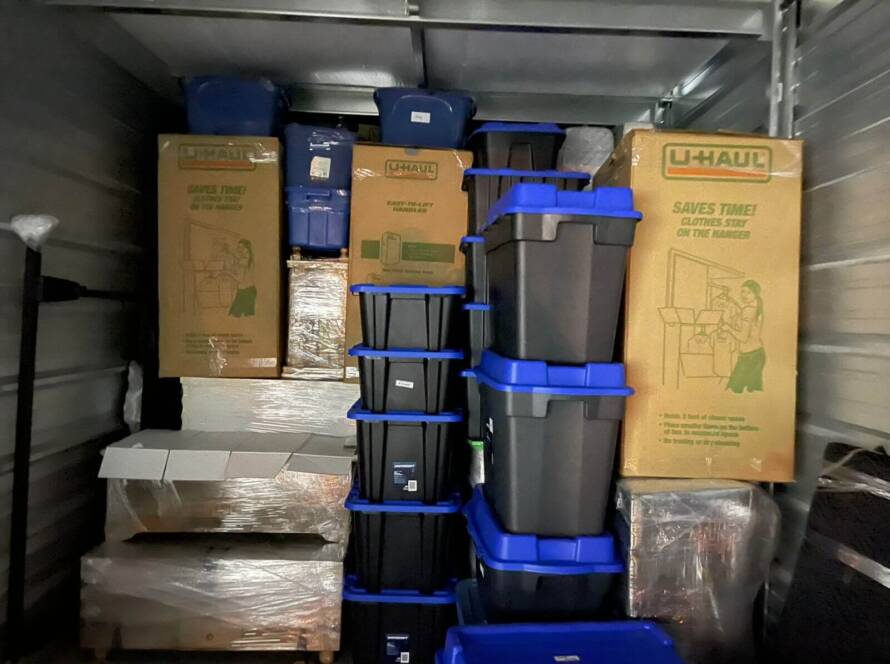Relocating an office is a significant task that can present a variety of challenges. From coordinating the move with employees to ensuring minimal disruption to business operations, an office moving requires careful planning and execution. To make the process smoother, it’s important to anticipate common challenges and have strategies in place to overcome them. Below, we outline some of the most frequent challenges faced during office moves and how to address them effectively.

1. Minimizing Downtime
One of the biggest concerns for businesses during an office move is minimizing downtime. Every minute spent relocating is a minute of lost productivity, which can impact your bottom line. The key to overcoming this challenge is careful planning. Start by creating a detailed timeline and moving schedule that outlines every step of the relocation process. Assign specific tasks to team members and communicate these responsibilities clearly to ensure everyone is on the same page.
Consider moving over the weekend or during off-hours to avoid interrupting normal business operations. Additionally, hiring a professional moving company experienced in office relocations can help expedite the process and reduce the time your business is offline.
2. Coordinating with Employees
Another major challenge in office moving is ensuring that all employees are informed and on board with the process. Miscommunication or confusion can lead to delays and frustration. To overcome this, start by appointing a move coordinator or team who will be responsible for managing the logistics and communication with employees.
Keep everyone informed by sending out regular updates regarding the move, including key dates, packing instructions, and any changes in the office layout. Clear communication helps employees stay organized and reduces the likelihood of last-minute issues.
3. Relocating Technology and Equipment
Office moves often involve the relocation of valuable and sensitive technology, such as computers, servers, and network systems. One of the biggest risks is damaging this equipment during the move or experiencing data loss. To avoid this, make sure to back up all important data before the move.
It’s also important to plan for the setup of your IT infrastructure in the new office. Engage your IT department early in the process, ensuring that they are involved in planning the disconnection and reconnection of systems. If needed, consider hiring external IT professionals to assist with the more technical aspects of the move.
Properly packing and labeling all electronic equipment, including cables and accessories, will also help streamline the setup process at your new location.
4. Managing Confidential Documents
Moving offices involves transporting not only physical items but also sensitive and confidential documents. There is a risk of documents being misplaced or falling into the wrong hands during a move. To protect confidential information, create a system for securely handling and transporting important documents.
Consider packing sensitive documents in clearly marked, secure boxes and keep an inventory of everything being moved. For highly sensitive information, you may want to use a professional document management or shredding service to handle the transition securely.
5. Space Planning in the New Office
Once your office has been relocated, ensuring that the new space meets the needs of your team is another challenge. Inadequate space planning can lead to confusion and inefficiency once everyone has moved in. To overcome this, work with a floor plan and ensure that every team member knows where their workstation will be.
Make sure the layout accommodates both current needs and potential future growth. Have designated areas for workstations, meeting rooms, and common spaces to ensure that the new office is functional and promotes productivity. If possible, conduct a walkthrough of the new space before moving to confirm that everything is set up according to plan.
6. Adapting to the New Environment
Adjusting to a new office environment can be challenging for employees, especially if the new location is vastly different from the old one. There might be changes in commuting times, office layout, or even company culture in a new space. To ease the transition, offer support to your team as they adapt to the new environment.
Consider setting up a welcome committee or hosting a small event to help employees get comfortable in the new office. Providing clear signage and making sure the space is organized upon arrival will also help everyone settle in more easily
7. Staying Within Budget
Unexpected costs can quickly add up during an office move, from hiring movers to purchasing new office furniture or equipment. To prevent budget overruns, create a detailed budget for your move early in the planning process. Include all potential expenses, including packing supplies, moving services, new furniture, and IT setup costs.
Get quotes from multiple moving companies to find the best deal, and set aside a contingency fund for unexpected expenses that may arise. By planning, you can avoid financial surprises and keep your office moving within budget.
Conclusion
While moving an office comes with several challenges, careful planning, and proactive strategies can make the process smoother. By addressing potential issues like minimizing downtime, coordinating with employees, protecting sensitive information, and planning the new office layout, you can ensure a successful transition. Whether you’re moving to a small office or a large corporate space, overcoming these common challenges will help your business relocate efficiently and continue to thrive in its new environment.


